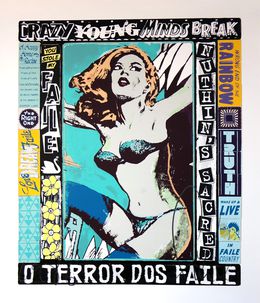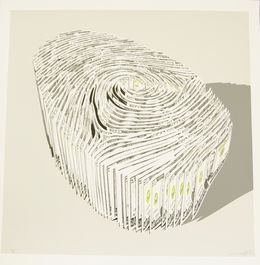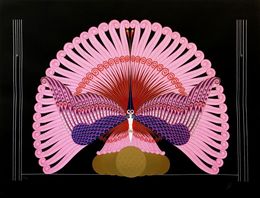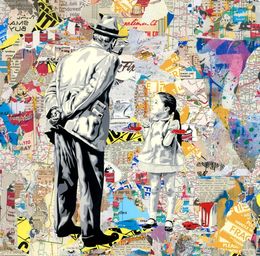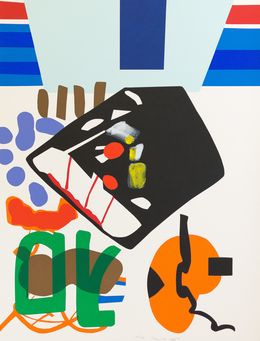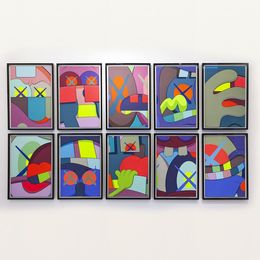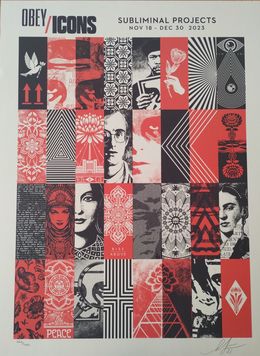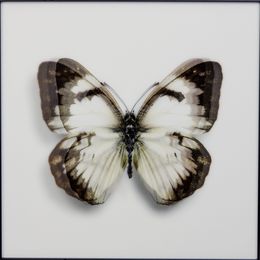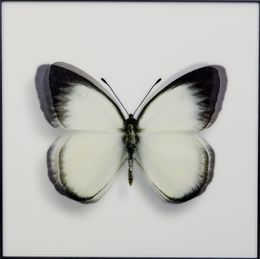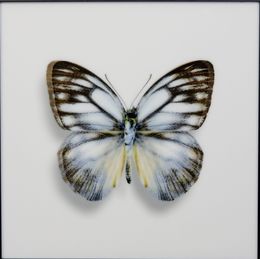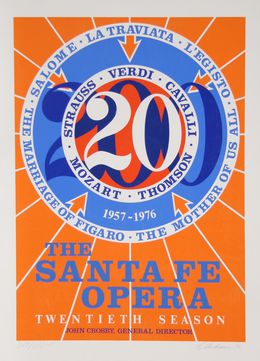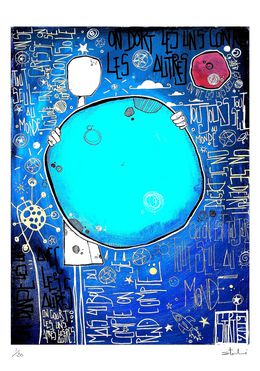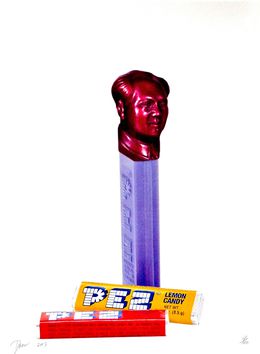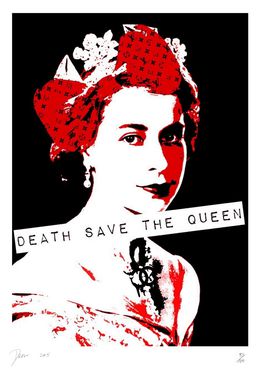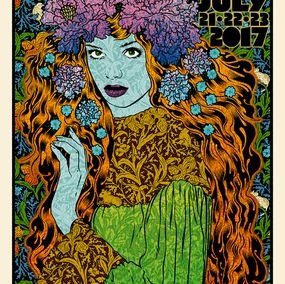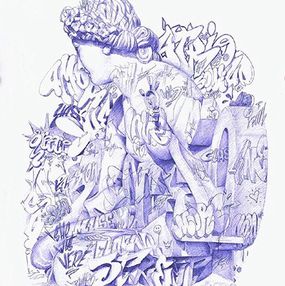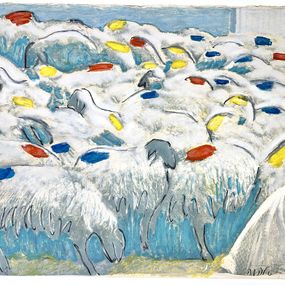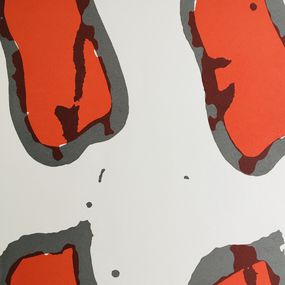
Screen Print for Sale
Screen printing is one of the oldest printing techniques traditionally done on silk. The practice dates back to the Song dynasty in China, in 1000 BC. The method consists of printing a pattern using a fabric stencil. The drawing is first done on paper, then the shape is cut out and applied to the final support on which the artist paints, leaving the ink only inside the shape. Printing may be done on paper, but also on textiles, cardboard and metal… When a subject drawn on stone is printed, it is then known as a lithograph.
Screen printing was not exported to the West until the beginning of the 20th century, when Chinese emigration to the United States was at its peak. This technique was met with immediate success when it appeared in the United States, and was used by the printing industry, businesses and artists.
In 1930, a group of American artists began to use the term "serigraphy" to designate works that had no commercial purpose. It subsequently reached Europe during WWII, when Americans used it to leave create signage and mark their vehicles.
As its popularity spread beyond artistic circles, screen printing underwent new developments: silk was gradually replaced by nylon, a material that was easier to obtain; The roller - used to spread the ink - was replaced by the scraper, and UV ink, which provides greater precision, made an appearance. As screen printing was particularly suitable for industrial production, publicity or printed textile production, it is not surprising that the Pop Art artists made use of this technique, which also allowed them to make use of very opaque and vivid colors. Andy Warhol, in particular, used it for his famous Marilyn Monroe portraits.
In Europe, screen printing was used by modern artists such as Henri Matisse in his work “Composition sur fond bleu". The technique was also widespread during May 1968 as it was used for making posters. Its use increased during the 20th and 21st centuries and it continues to be used for protest or for spreading a political message as shown in certain works of street art. Shepard Fairey, for example, used the technique when creating his poster “Hope", which represents Barack Obama.
Today, screen printing is used in a variety of ways: textile screen printing, industrial screen printing, digital screen printing, all for small or large format printing. With screen printing, we create business cards, t-shirts, stickers and advertising objects of all kinds and on all media, as works of graphic art. This versatility is explained by the fact that a screen printer can print on almost any material, wood, plastic, metal, glass, cardboard, textile.
On Artsper, you will find silk-screen prints of the greatest masters such as Victor Vasarely and Keith Haring, but also those of the street artist JonOne, the abstract prints of Sonia Delaunay, the colorful silk-screen prints of Kiki Kogelnik, the hypnotic compositions of François Morellet, the pop patterns of Takashi Murakami and many others...
Save your search and find it in your favorites
Save your search to find it quickly
Saved search
Your search is accessible from the favorites tab > My favorite searches
Unsaved search
A problem occurred

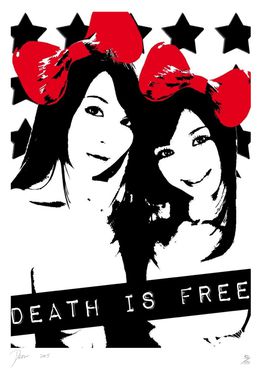

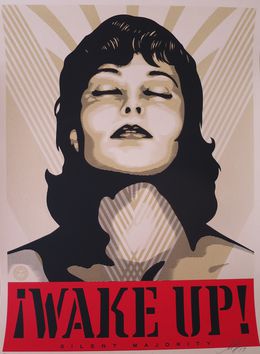
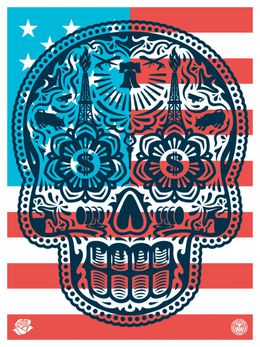

Floral Takeover 2017 (RedBlack)
Shepard Fairey (Obey)
Print - 61 x 46 cm Print - 24 x 18.1 inch
€350
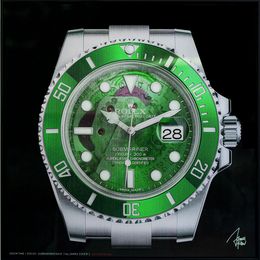
Rolex Sea-dweller Submariner Lenticular
James Chiew
Print - 60 x 60 x 2 cm Print - 23.6 x 23.6 x 0.8 inch
€2,750

Love Is The Answer - MC2 (Pink)
Mr Brainwash
Print - 76 x 57 x 0.1 cm Print - 29.9 x 22.4 x 0 inch
€4,860
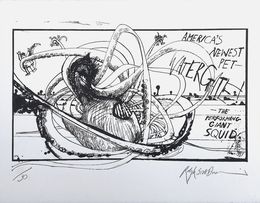

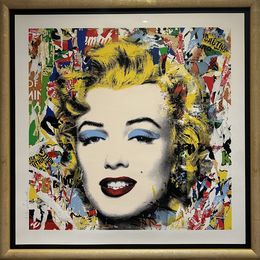

The angles of sedation and destruction
Shepard Fairey (Obey)
Print - 61 x 46 x 0.1 cm Print - 24 x 18.1 x 0 inch
€250

Raise the level (Peace)
Shepard Fairey (Obey)
Print - 61 x 46 x 0.1 cm Print - 24 x 18.1 x 0 inch
€450

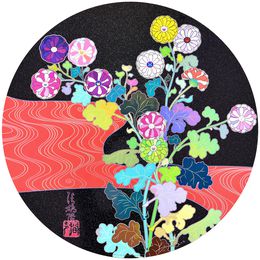

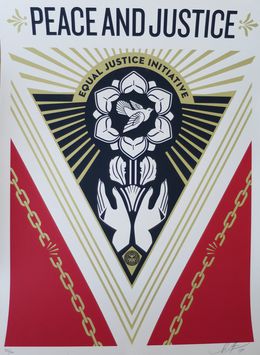


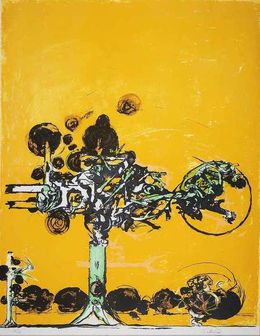




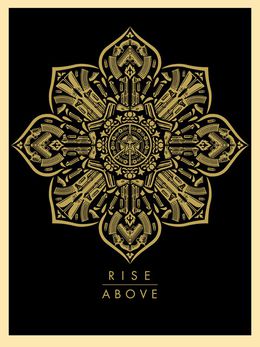
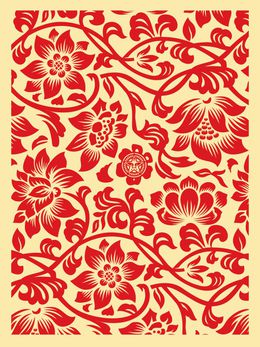
Floral Takeover 2017 (RedCream)
Shepard Fairey (Obey)
Print - 61 x 46 cm Print - 24 x 18.1 inch
€350
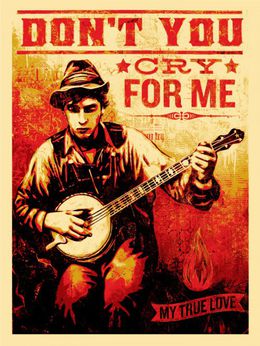
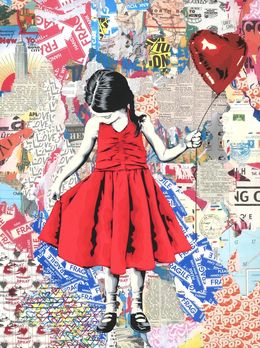
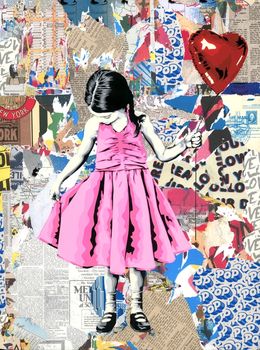

Mandala Ornament White
Shepard Fairey (Obey)
Print - 61 x 46 x 0.1 cm Print - 24 x 18.1 x 0 inch
€350

Mandala Ornament Black
Shepard Fairey (Obey)
Print - 61 x 46 x 0.1 cm Print - 24 x 18.1 x 0 inch
€350
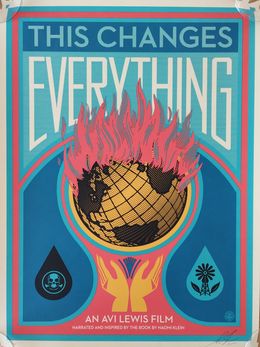
This Changes Everything
Shepard Fairey (Obey)
Print - 61 x 46 x 0.1 cm Print - 24 x 18.1 x 0 inch
€420
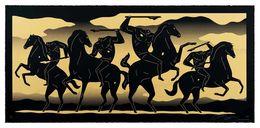
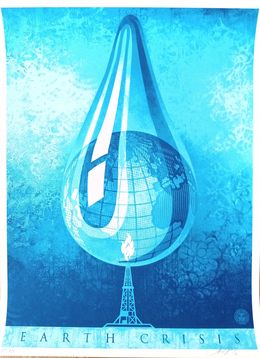
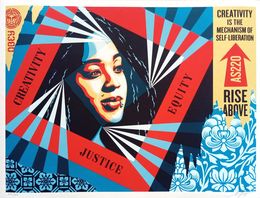
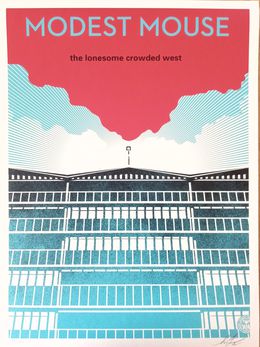




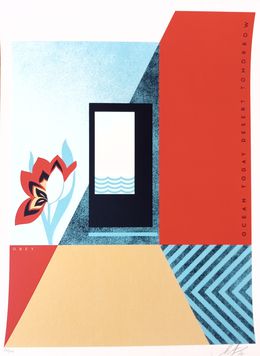
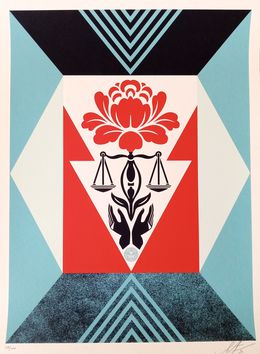
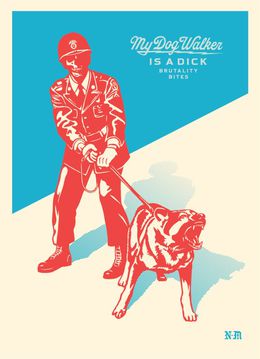
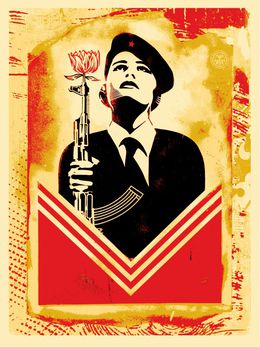
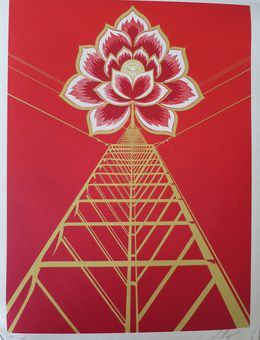

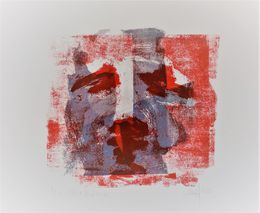

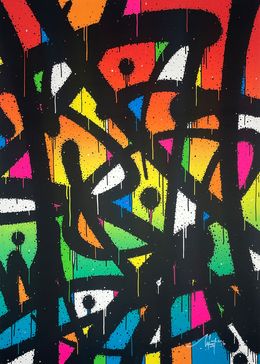
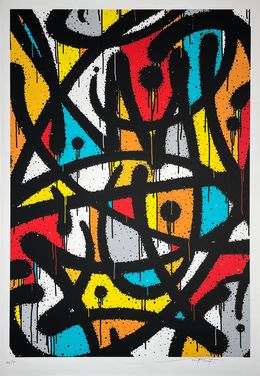
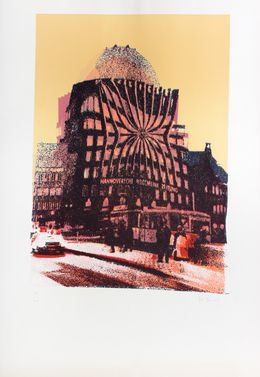
Hannoversche Allgemeine Zeitung
Pol Bury
Print - 68 x 49 x 0.1 cm Print - 26.8 x 19.3 x 0 inch
€1,500
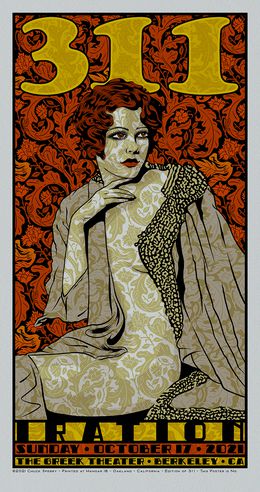

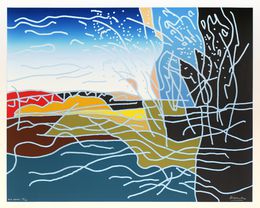


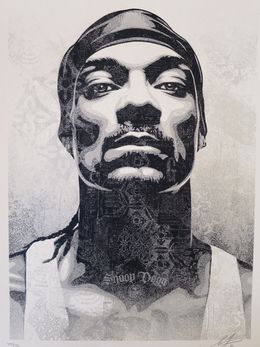
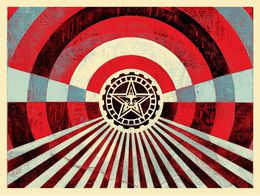
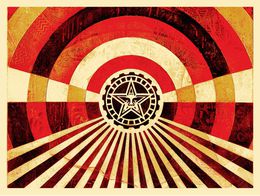
Tunnel Vision (Standard Gold)
Shepard Fairey (Obey)
Print - 46 x 61 x 0.1 cm Print - 18.1 x 24 x 0 inch
€290
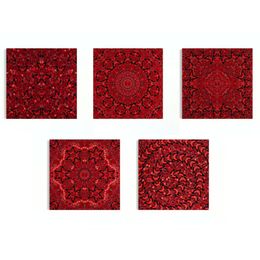
The Empresses, set of 5
Damien Hirst
Print - 100 x 100 x 2 cm Print - 39.4 x 39.4 x 0.8 inch
€27,500
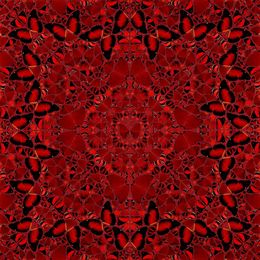
Nur Jahan (The Empresses, H10-2)
Damien Hirst
Print - 100 x 100 x 2 cm Print - 39.4 x 39.4 x 0.8 inch
€5,500
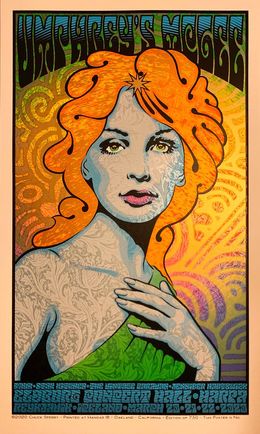
Umphrey's McGee Iceland Regular
Chuck Sperry
Print - 88 x 53 x 0.5 cm Print - 34.6 x 20.9 x 0.2 inch
€300




